Comprehensive overview of the harms ofthe effects of smokingaffecting every part of your body
When you smoke, toxins from cigarettes enter your bloodstream, poisoning it. This thickens the blood and increases the risk of blood clots.Blood pressureandheart rateincrease, causing your heart to work harder than normal.
This narrows the arteries and reduces the amount of oxygen-rich blood, leading to a higher chance of narrowed arteries and clots, which could result in aheart attack.
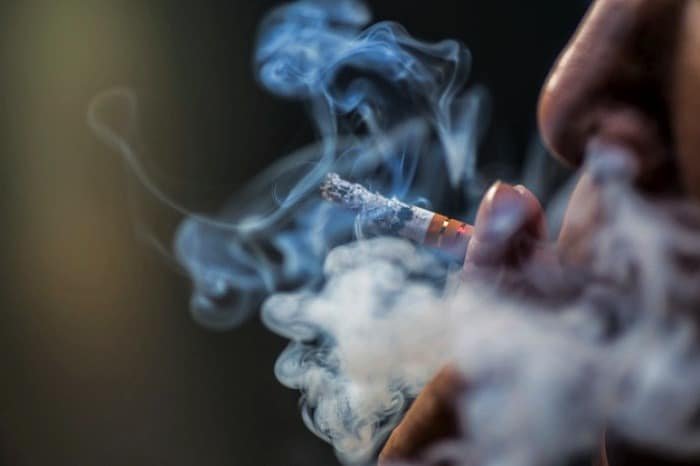
Deadly and dangerous effects of smoking on both women and men
The disasters that result from theharms of smokingon your vital organs
Effects of smoking on the heart:
Smoking damages your heart and circulatory system, increasing the risk of conditions like cardiovascular diseases,heart attack, stroke, peripheral vascular disease (damaged blood vessels), and neurological diseases (damaged arteries supplying blood to your brain).
The carbon monoxide in smoke andnicotineput stress on the heart, causing it to work harder. They also increase the risk of forming blood clots.
Other harmful chemicals in cigarette smoke damage the lining of coronary arteries, eventually leading to blockages. In fact, smoking doubles the risk of heart attacks, and smokers are twice as likely to die from cardiovascular diseases compared to non-smokers.
The good news is that after one yearof quitting smoking, your risk is cut in half. After 15 years of quitting, your risk becomes similar to someone who has never smoked.
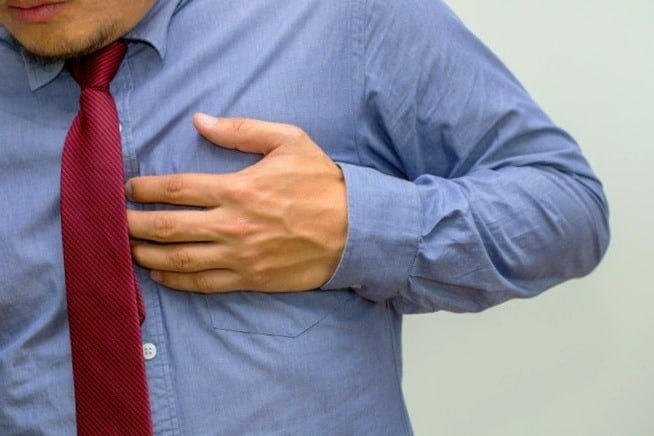
What effects does smoking have on the heart?
Effects of smoking on the stomach:
Smokers have a much higher chance of developingstomach cancerorulcers.Smoking can weaken the muscles that control the lower end of your throat, allowing acid to move in the wrong direction.
Smoking is a significant risk factor forliver cancerwith greater smoking increasing your risk.

Dangerous effects of smoking on the stomach
Effects of smoking on the skin:
As mentioned in the previous health sectionof SelMagzabout the serious effects of smoking on the skin, smoking reduces the amount of oxygen that reaches your skin.
This means that if you smoke, your skin will age faster, appearing gray and dull. Smoking ages your skin 10 to 20 years sooner and triples the wrinkles, especially around the eyes and mouth.

Effects of smoking on the skin
Effects of smoking on the bones:
Smoking can weaken your bones. Women need to be particularly careful as they suffer more fromosteoporosis.Effects of smoking on the brain:
If you smoke, the chances of stroke are higher compared to non-smokers. In fact, smoking raises the risk of stroke by at least 50%. One way smoking can increase stroke risk is by raising the chances of developing brain aneurysms.
An aneurysm is a bulge in a blood vessel caused by a weak wall, which can rupture leading to severe bleeding and brain damage.
The good news is that if you quit smoking for two years, your risk of stroke is cut in half, and after five years, you may appear as a non-smoker.
Effects of smoking on the brain
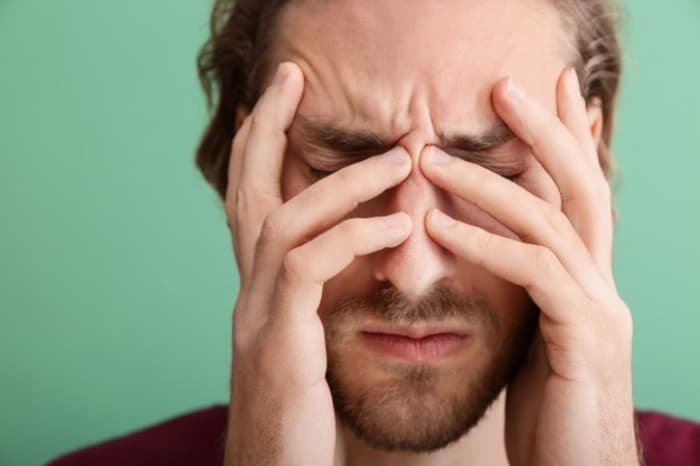
Smoking and its effects on the lungs:
The lungs can be severely affected by smoking.
Coughing,colds, wheezing, and asthma are just the beginnings.Tobacco can lead to fatal diseases like
pneumonia, emphysema, and lung cancer. Tobacco causes 84% of deaths fromlung cancerand 83% of deaths from chronic respiratory disease (COPD).It is a progressive and debilitating disease, encompassing a range of lung diseases including
chronic bronchitisand emphysema. People with COPD suffer from breathing difficulties primarily due to narrowed airways and damaged lung tissue.Common symptoms of COPD include increased breathlessness, persistent cough with phlegm, and frequent chest infections.
This issue can significantly affect individuals’ quality of life. You can slow the progression of the disease, and quitting smoking is the most effective way to do this.
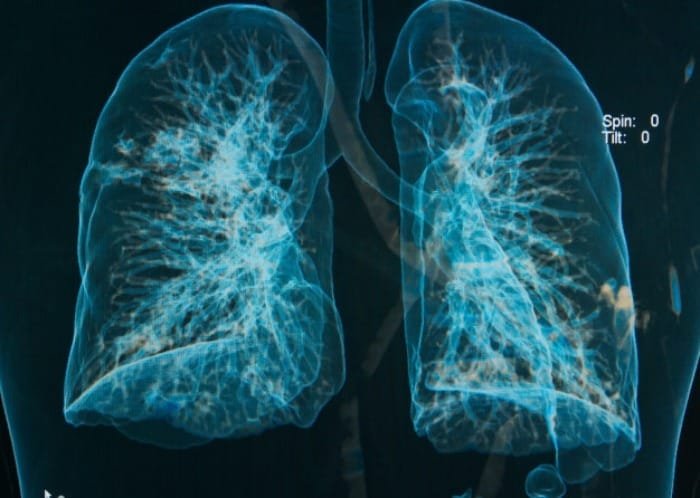
Effects and dangerous impacts of smoking on the lungs
Effects of smoking on the mouth and throat:
Smoking causes unpleasant problems like bad breath and tooth decay, and it can also lead to gum disease and damage to yoursense of taste.The most serious harm from smoking is the increased risk of cancers of the lips, tongue, throat, larynx, and esophagus. Over 93% of throat cancers are caused by smoking.
The good news is that when you stop using tobacco, even after years of use, you can reduce your risk of developing head and neck cancers. If you quit smoking for 20 years, you’ve lowered your risk of these cancers to that of a non-smoker.
Effects of smoking on the mouth and related diseases

Effects of smoking on reproduction and fertility:
Smoking can lead to erectile dysfunction in men because it damages the blood vessels connected to the penis. It can also harm sperm, reduce sperm count, and lead toprostate cancer.For women, smoking can decrease fertility. One study found that smokers are more than three times likely to face this issue compared to non-smokers. Another study estimated that fertility in female smokers is 72% lower than in non-smokers.
Smoking also increases the risk of cervical cancer. Smokers are less able to rid their bodies of HPV infections, which can lead to cancer.
Smoking duringpregnancycan result in miscarriages, premature births, bleeding, and diseases, increasing the risk of stillbirth by at least 25%.

Effects of smoking on couples’ pregnancy
Effects of smoking and tobacco impacts:
Effects of any kind of drug (including tobacco) vary from person to person. The impact of tobacco on individuals depends on many factors, including size, weight, and health.
Effects of tobacco, like any drug, depend on the amount used. There is no safe level of tobacco use.
Immediate effects:
From low to moderate doses:
Some effects that may be experienced after tobacco use include:
- Initial stimulation followed by reduced activity of the brain and nervous system
- Increased alertness and concentration
- Slight feelings of happiness
- Feelings of relaxation
- Increased blood pressure and heart rate
- Reduced blood flow to the fingers and toes
- Lower skin temperature
- Bad breath
- Reduced appetite
- Dizziness
- Nausea,muscle crampsstomach pain and vomiting
- Headaches
- Coughing

Effects of smoking and tobacco on the body
Higher doses:
Excessive nicotine can lead to overdose, meaning the individual has absorbed more nicotine than their body can handle. The effects of very high amounts may include:
- Increased unpleasant effects
- Weakness
- Confusion
- Rapid drop in blood pressure and breathing rate
- Seizures
- Respiratory arrest (stop breathing) and death
60 milligrams of nicotine taken orally can be lethal to an adult.

Numerous harmful effects of tobacco and smoking for everyone
Long-term effects of smoking and its consequences:
Smoking causes lung and throat cancer. This condition is also responsible for the yellow-brown discoloration offingers and teeth.The carbon monoxide in cigarettes reduces the oxygen levels in the body, brain, and blood.
This means the entire body – especially the heart – has to work harder. It causes airways to narrow andhigh blood pressurewhich can lead to heart attacks and strokes. High levels of carbon monoxide along with nicotine increase the risks of heart disease, hardening of blood vessels, and other circulation problems.
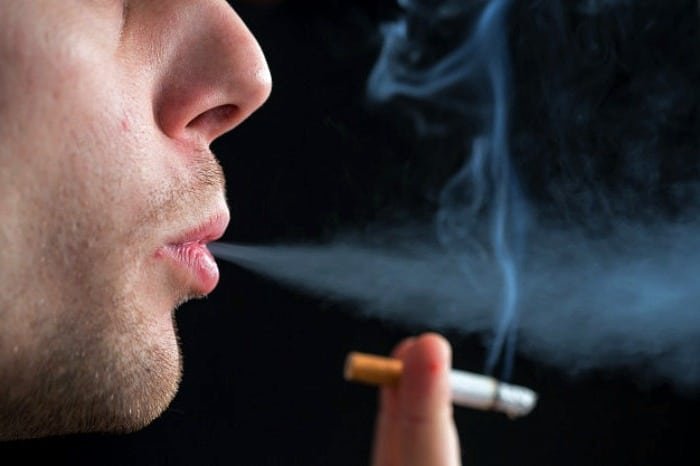
Effects of long-term smoking
Some long-term effects of smoking that may be experienced include:
- Increased risk of brain damage
- Cataractseye degeneration, yellowing of the eyes
- Loss of smell and taste
- Yellowed teeth,tooth decayand bad breath
- Lung, lip, tongue, and mouth cancer
- Hearing loss
- Laryngeal and throat cancer
- Contributing to osteoporosis
- Shortness of breath
- Coughing
- Chronic bronchitis
- Cancer
- Asthma onset
- Emphysema
- Heart disease
- Blood clots that can lead to heart attacks
- High blood pressure
- Myeloid leukemia, cancer affecting the bone marrow and blood-producing organs
- Stomach and bladder cancer
- Stomach ulcers
- Reduced appetite
- Gray complexion
- Early wrinkles
- Slow wound healing
- Damage to blood vessel walls
- Increased likelihood of back pain
- Increased susceptibility to infections
- Reduced fertility and increased risk of miscarriage
- Irregular periods
- Early menopause
- Damaged or reduced sperm count
- Erectile dysfunction
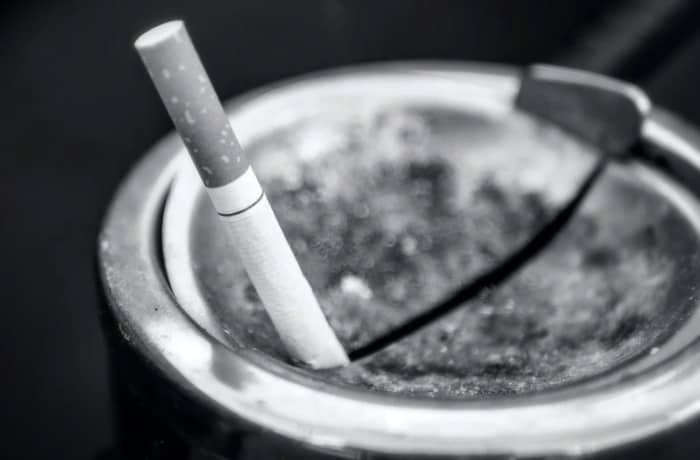
Deadly and destructive effects of smoking
Other cancer risks associated with tobacco use:
Secondhand smoke:
Secondhand smoking occurs when a non-smoker breathes in the smoke from smokers. Secondhand smoke can irritate the eyes and nose, leading to problems such as heart disease and lung cancer. Tobacco smoke is especially harmful to infants and young children.
Tobacco use with other drugs:
Nicotine can affect how the body processes many medications, potentially altering their effectiveness. For example, nicotine can reduce the therapeutic effects of benzodiazepines. Smoking while on birth control pills raises the risk of blood clots.
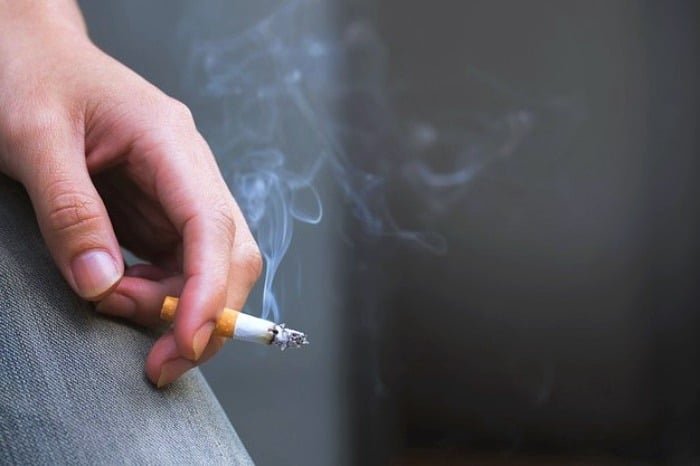
Irreversible effects of smoking on the body
Effects of smoking andcancers that smoking can cause:
These are the types of cancers you are at risk for by smoking:
- Lung cancer
- Oral cancer, throat, nose, and sinuses
- Various esophageal cancers
- Bladder and kidney tumors
- Pancreatic cancer
- Stomach cancer
- Liver cancer
- Cervical and ovarian cancer
- Intestinal cancer(colorectal cancer)
- Acute myeloid leukemia
It’s never too late to quit smoking. After your last cigarette, your body starts to heal.
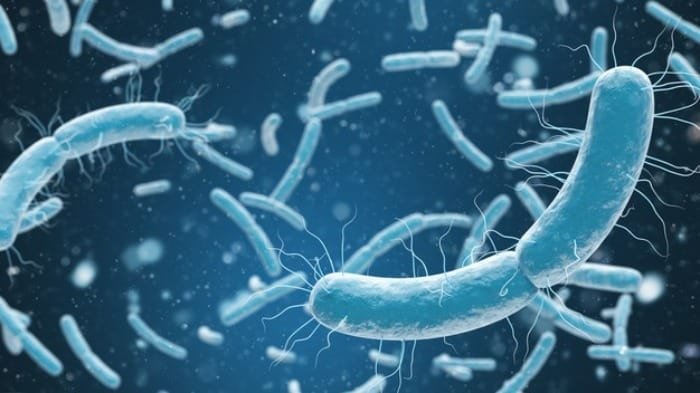
Consequences and cancers caused by smoking
Effects of smoking andthe impacts of tobacco on the body:
Tobacco smoke causes damage to many organs and systems in the body.
Effects of smoking on the respiratory system:
- Irritation of the trachea and larynx
- Reduced lung function and shortness of breath due to swelling and thinning airways
- Disruption of the lung-cleansing system, leading to toxic buildup and lung injuries
- Increased risk of lung cancer and symptoms such as coughing and wheezing
- Permanent damage to the air sacs in the lungs

Smoking effects on breathing
Effects and consequences of smoking on the circulatory system:
- Increased blood pressure and heart rate
- Constriction of blood vessels in the skin leading to decreased skin temperature
- Less oxygen carried by blood during exercise
- Thickened blood that is prone to clotting
- Damage to arterial linings, thought to be a major contributor to atherosclerosis (fatty deposits in artery walls)
- Reduces blood flow to limbs (fingers and toes)
- Increased risk of stroke and heart attacks
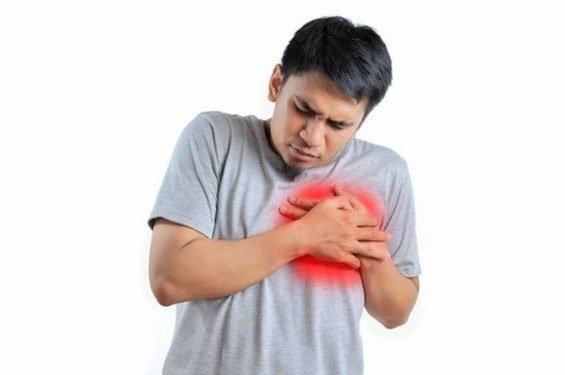
Effects of smoking on circulation
Effects of smoking on the immune system:
- Increased vulnerability to infections like pneumonia andinfluenza
- More severe and longer-lasting illnesses
- Lower levels of protective antioxidants (likeVitamin C) in the blood

Effects of smoking on the immune system
Effects of smoking on the muscular system:
- Tightening of specific muscles
- Reduction inbone density
Effects of smoking on the reproductive organs:
- Reduced sperm count
- Higher percentage of abnormal sperm
- Genetic damage to sperm
- Erectile dysfunction potentially caused by smoking’s effects on blood flow and damage to blood vessels in the penis

Effects of smoking on men and their sexual issues
Effects of smoking and the impacts of tobacco on women’s bodies include:
- Menstrual cycle irregularities or absence of menstruation
- Menopause arrives one or two years earlier
- Increased risk of cervical cancer
- If a smoker is over 35 years old and takes birth control pills, the risk of heart attack doubles

Effects of smoking on women
Effects and consequences of smoking on the body:
_Burning and inflammation of the stomach and intestines
_Increased risk of painful ulcers throughout the digestive system
_Reduced ability to smell and taste
_Early skin wrinkles
_Higher risk of blindness
_Gum disease (periodontitis)

What are the overall effects of smoking?
Diseases caused by long-term smoking:
Smokers are at risk of fatal diseases.
Lung, mouth, nose, larynx, tongue, nasal sinus, esophagus, throat, pancreas, bone marrow, kidney, cervical, ovarian, bladder, bowel, and stomach cancer
Respiratory diseases such as chronic bronchitis and obstructive lung disease, including obstructive bronchitis and emphysema.
Coronary artery diseases, heart diseases, heart attacks, and strokes
Gastrointestinal ulcers
Osteoporosis and hip fractures
Poor circulationIn the legs and arms, which can lead to pain and in severe cases,gangreneand amputation.







